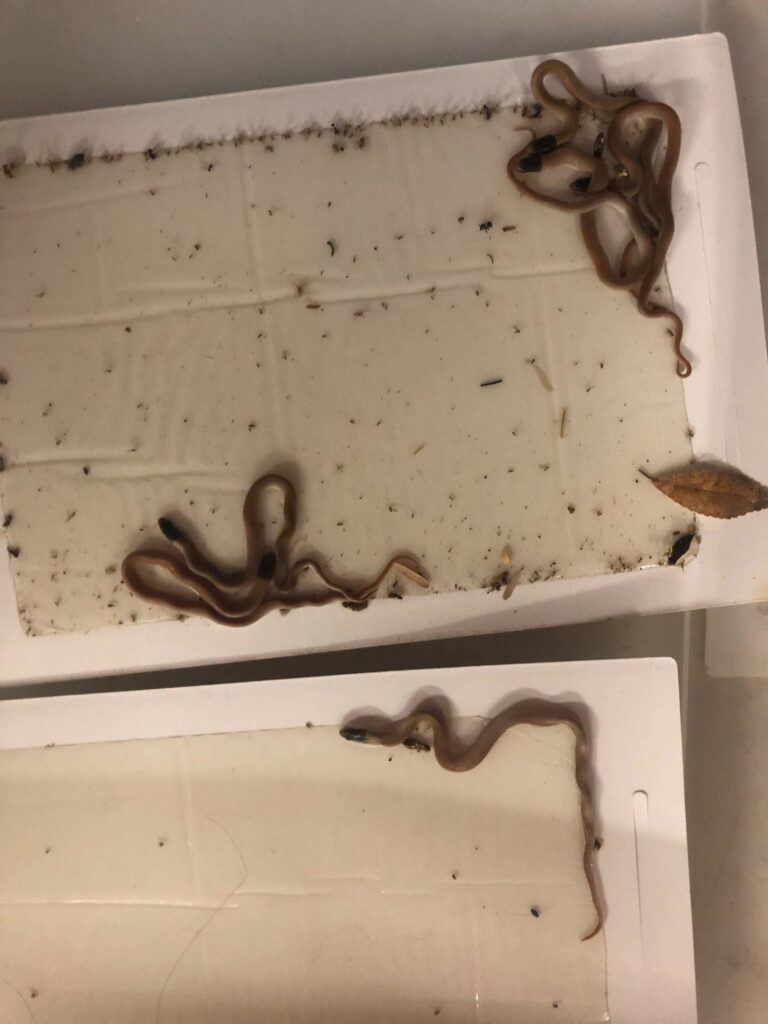Starting in early March, rattlesnakes will again be a part of our lives in Arizona! While we’re excited, you may not be as much 🙂 Even when a rattlesnake fence is installed perfectly, things happen; rodents dig, branches fall, gates shift: we’ll make sure you’re good for Spring.
To make sure your yard is as good as it gets before things start getting all rattlesnakey out there, we’re offering a check-up and maintenance service to our Rattlesnake Fence customers through the end of February.
- Inspection of rattlesnake fence, and up to 1 hour of repair and maintenance (materials included!)*
- Full property inspection, checking landscaping, snake-hiding spots, to look for possible snake dens and advise on potential trouble areas
- Removal and relocation of any snakes found, both in and outside of the protected areas
- Spot-check garage, storage shed, etc (checking corners and walls for snake tracks and signs of activity)
Booking through the end of February for $200. (You don’t need to be there, but you’ll get more out of it if you are).
If you’re NOT a rattlesnake fence customer, we’ll add an 1-hour credit of labor and materials to an estimate for a new rattlesnake fence, good for anytime in 2021.
Email fence@rattlesnakesolutions.com or call us at 480-565-7824 to schedule.
* Repairs not related to workmanship or materials requiring more than 1 hour of labor/materials may be performed at additional cost, with your approval

